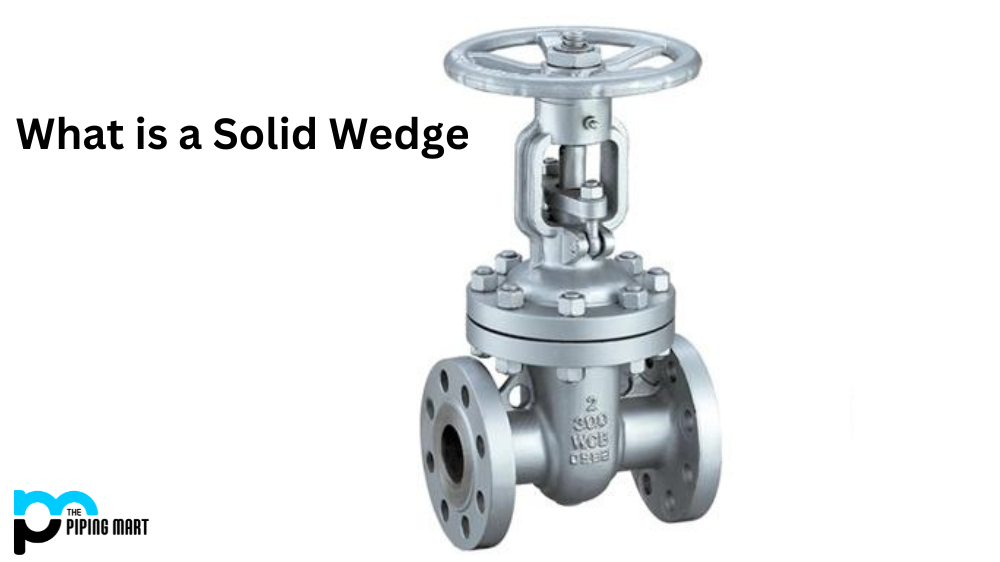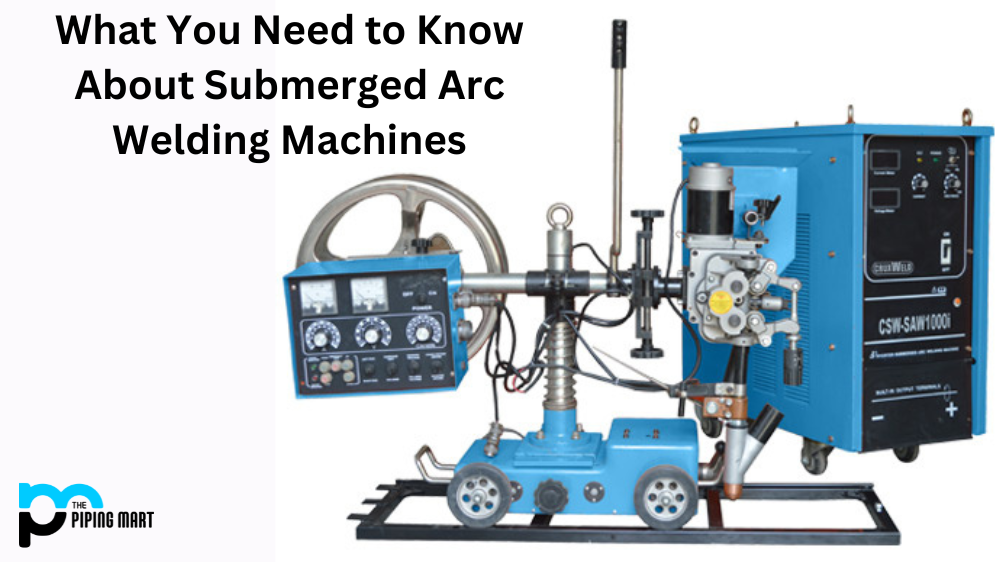A needle valve is a type of valve used to regulate and control the flow of fluids. It consists of a long, tapered stem that is attached to a port, or opening, in the body of the valve. The stem controls the rate at which fluid passes through the valve by regulating how much area is open for flow. In this guide, we will take a closer look at needle valves, including what they are, their uses, how they work, and the types available on the market.
What is Needle Valve?
A needle valve is a type of valve that has been designed with precision in mind. It features a thin stem with an adjustable point tip that allows for fine-tuned regulation and control of fluids flowing through it. The stem typically has multiple ports along its length that allow for gradual increases or decreases in pressure. This makes needle valves ideal for applications where precise pressure control is needed over time.
Needle Valves Uses
Needle valves have many uses in industrial applications such as water systems, oil rigs, chemical plants, and commercial buildings. They are often used to control the flow of fuel and other liquids through pipes and hoses, leading to machinery components such as pumps and motors. They can also be used to regulate various gasses, such as air or natural gas, when they are being moved from one part of an industrial facility to another.
How Do Needle Valves Work
The working principle behind needle valves is simple; they are designed to regulate fluid flow by controlling the amount of area open for passage through them. When the stem on a needle valve is opened up more fully (by turning it clockwise), more area will be available for passage; conversely, when it is turned counter-clockwise less area will be open for passage (creating less pressure). By adjusting the position of this stem over time—either gradually or suddenly—the rate at which fluid passes through can be controlled precisely. This makes them ideal for applications where fine-tuned regulation is required over time or when sudden changes in pressure need to be made quickly without causing damage to surrounding components or machinery.
Needle Valves Types
There are several different types of needle valves available on the market today depending on your application needs: manual valves (also known as hand valves), solenoid operated needles valves, pneumatic operated needles valves, gas operated needles valves and electric operated needles valves. Manual versions are generally easier and cheaper than automated versions but require manual intervention every time you need to adjust pressure settings; automated versions offer greater convenience but cost more upfront because they require additional hardware components and wiring setup before use.
Conclusion:
In conclusion, needle valves offer precise control over liquid flow rates due to their unique design features, which allow them to open up gradually or quickly depending on user preferences/requirements. They are widely used across many industries due to their versatility and wide range of application possibilities – from controlling fuel flows in aircraft engines all the way down to regulating water supply lines in residential homes! Whether you’re looking for manual or automated solutions, there’s sure to be a perfect fit out there, so make sure you explore all your options before settling on one!
Meet Heer, a dynamic and driven writer learning tricks of her trade in the metal industry. With a background in Digital Marketing, Heer brings a unique perspective to her writing, sharing valuable insights. Apart from blogging she like reading and hiking.




